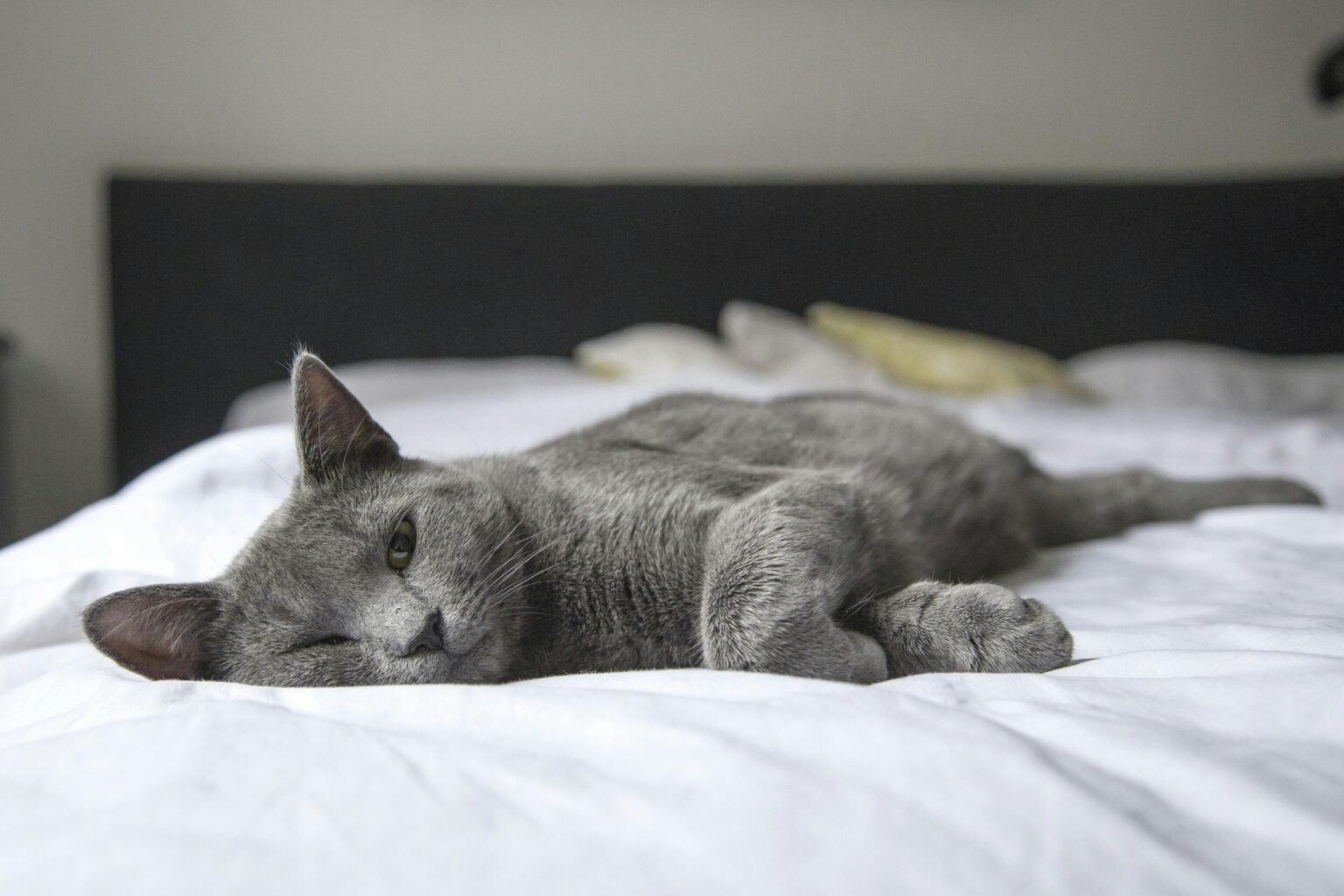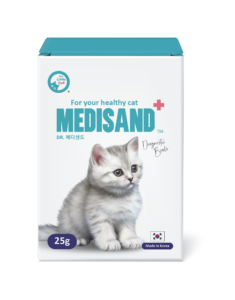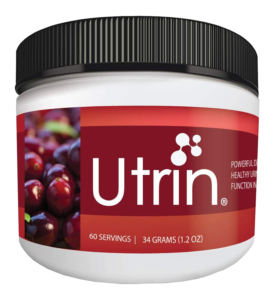FLUTD in Cats
5 Jun 2024 | Syah

Feline lower urinary tract disease (FLUTD) refers to a range of diseases affecting cat’s lower urinary tracts (bladder and urethra). (Ladlow, 2014) Cats on a dry food diet had a 50-53.0% incidence of FLUTD, due to less water intake, high grain content. These conditions can cause a range of symptoms and are often painful and potentially serious. In Malaysia, it has been reported more than 20 % of cats that were presented to University Veterinary Hospital, UPM (from year 2005-2008) had lower urinary tract diseases (Nurul Nadiah,2010)
Common Causes of FLUTD
- Feline Idiopathic Cystitis (FIC): The leading cause of FLUTD. The specific cause of FIC is unknown, but it is thought to be linked to stress and alterations in the bladder wall.
- Urinary Stones (Urolithiasis): Stones can form in the bladder or urethra, causing discomfort, inflammation, and obstruction.
- Urethral Plugs: A combination of mucus, crystals, and other material that can clog the urethra.
- Urinary Tract Infections (UTIs): Although bacterial infections of the urinary tract are less common in cats than in dogs, they do occur.
- Bladder Tumours: Although rare, tumours can produce FLUTD symptoms.
- Anatomical Abnormalities: Urinary tract abnormalities, whether congenital or acquired, can cause symptoms.
Symptoms of FLUTD
- Straining to Urinate: Cats may have difficulties or pain when urinating.
- Frequent Urination: Cats may urinate more often than usual, but only small amounts.
- Blood in Urine (Hematuria): The urine may be pink or scarlet. 90% of cats with lower urinary tract disease have microscopic hematuria (Kaul E, 2022)
- Urinating outside the litter box: This could indicate discomfort or an attempt to communicate distress.
- Crying Out During Urination: This indicates pain or discomfort.
- Licking the Genital Area: Increased grooming of this area may indicate irritation.
The diagnosis of FLUTD
Diagnosis usually includes some of the following:
- Physical Examination: The veterinarian will look for symptoms of pain, bladder distention, and other abnormalities.
- Urinalysis: This test detects blood, crystals, germs, and other abnormalities in the urine.
- Urine Culture: This test detects bacterial illnesses.
- Imaging: X-rays or ultrasounds can be used to detect stones, tumours, and other abnormalities.
- Blood tests: Help’s to assess general health and look for other illnesses that could be causing urinary difficulties.
Treatment of FLUTD
Treatment depends on the underlying cause:
- FIC: Management entails reducing stress, altering nutrition, and drinking more water. It might also be advised to use anti-anxiety drugs and environmental enrichment.
- Urinary Stones: Medication adjustments may be necessary to dissolve some forms of stones, while surgical removal may be necessary for others.
- Urethral Plugs: To clear the obstruction, prompt veterinarian care is necessary, frequently involving catheterization. Dietary changes and drinking more water are part of long-term management.
- UTIs: Bacterial infections are treated with antibiotics.
- Bladder Tumors: Treatment may involve surgery, chemotherapy, or other targeted therapies.
- Anatomical Abnormalities: Some congenital or acquired defects may require surgery to address.
How can Medisand help you through out Urinalysis?
An AI App based MEDISAND diagnostic beads detects a cat’s renal health condition by changing the bead’s colour when the cat urinates on them. It is capable of detecting alkali condition and traces of blood which are invisible to naked eyes. MEDISAND act as home diagnostic tool for a cat’s urinary health.
NOTES: For home test only. MEDISAND diagnostic beads should not replace a periodic visit to a veterinarian.
Do check out our product:

MEDISAND
An AI App based MEDISAND diagnostic beads detects a cat’s renal health condition by changing the bead’s colour when the cat urinates on them. It is capable of detecting alkali condition and traces of blood which are invisible to naked eyes.
D-Mannose and Cranberry Extract that Helps in Pet Urinary Tract
This powerful formula combines D-Mannose and Cranberry extract (PAC value 32) in UTRIN to strengthen urinary health and provide superior support against urinary tract infections in pets. D-Mannose renders bacteria virtually powerless in the urinary tract of your pet. While, cranberry provides further support against urinary pathogen. Interferes with the adherence of certain bacteria, like E. coli, to the urinary tract walls to assist in reducing the occurrence of UTI in pets.
Do check out our product:

Utrin®
Urinary tract infections usually affect the lower urinary system and often prevents the bladder from emptying the right way. Often, there can be several clinical symptoms. In cats, Feline Lower Urinary Tract Disease (FLUTD) is common.
GTF Worldwide Sdn Bhd
- No. 20-2, Plaza Danau 2, Jalan 5/109F, Taman Danau Desa, 58100 Taman Desa, Kuala Lumpur, Malaysia.
- (03) 7982 9881
- (012) 483 5523
- info@gtf.com.my
